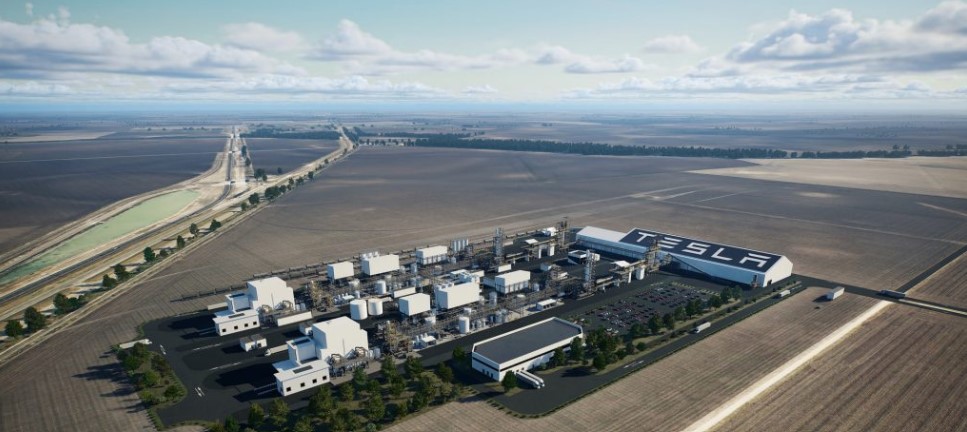Tesla is creating the next generation of electric vehicle technology with its wireless home charging station. This innovation is consistent with Tesla's vision of autonomous driving, making charging more convenient and hands-free for future Tesla owners. Traditionally, charging an EV was not difficult; it merely required plugging in the automobile. However, as vehicles become self-driving, …
Tesla Wireless Charging Patent Unveiled

Tesla is creating the next generation of electric vehicle technology with its wireless home charging station. This innovation is consistent with Tesla’s vision of autonomous driving, making charging more convenient and hands-free for future Tesla owners. Traditionally, charging an EV was not difficult; it merely required plugging in the automobile. However, as vehicles become self-driving, it is expected that they will be able to charge without human intervention. This is where Tesla’s wireless charging system comes into play.
Overcoming the Challenges of Wireless Charging
Efficiency has always been a major challenge with wireless charging technology. Historically, wireless charging was less efficient than regular cable charging due to energy losses during transmission. However, recent advances, particularly in magnetic resonance technology, have narrowed the gap. These new technologies claim an efficiency rate of approximately 95%, comparable to cable charging. This advancement is crucial because it eliminates one of the fundamental obstacles that has prevented wireless charging from becoming popular.
From Robot Arms to Wireless Pads
In the early days of developing self-driving technology, Tesla worked on a solution that entailed managing the charging process with a robotic arm. This “snake charger,” as it was affectionately dubbed, was intended to physically connect the charging wire to the car’s socket without human interaction. However, the robotic arm, while inventive, had certain limits. It was a mechanical solution with moving parts and required precise alignment of the car and charger. This system may be prone to wear and tear, malfunctions, and difficulty scaling across different situations or models.
Wireless pads provide a smooth user experience. The vehicle must be parked at a specific location, and charging begins automatically. It is especially useful for self-driving vehicles, which can travel to a charging pad and begin charging without human intervention.
A wireless charging pad’s elegant, low-profile form can be more visually appealing and less invasive than a robotic arm.
New Patent Filings: A Glimpse into Tesla’s Wireless Charging Technology
Recent patent filings support Tesla’s commitment to wireless charging technology. According to global patent authorities, Tesla has secured four new wireless charging patents:
Shorting Switch to Reduce Ground Leakage Current in Inductive Charging: This invention deals with safety concerns by reducing ground leakage, a major issue in inductive charging systems.
Temperature Sensors and Applications in Wireless Charging: This invention focuses on temperature regulation within the wireless charging system to ensure safe and efficient use.
Wireless Charging Circuit Topology and Related Manufacturing Methods: This patent describes the wireless charging circuitry’s design and manufacturing procedures to increase efficiency and lower costs.
Parameter Estimation for Wireless Charging: This patent describes estimating and modifying parameters within a wireless charging system to improve performance and dependability.
These patents define Tesla’s thorough strategy for overcoming technological problems with wireless charging, paving the way for its widespread adoption in electric vehicles.
While the date for the public release of Tesla’s wireless charging technology is unknown, there is anticipation that it will be unveiled at Tesla’s next Robotaxi event. Wireless charging is strongly related to autonomous car technology. Therefore, its launch at such an event would be appropriate.
Tesla is pushing the boundaries of what is possible in electric vehicles by making charging simple and fully automated. As a company refines this technology, the future of driving—and charging—looks more automated and efficient.
Subscribe to Our Newsletter
Keep in touch with our news & offers










